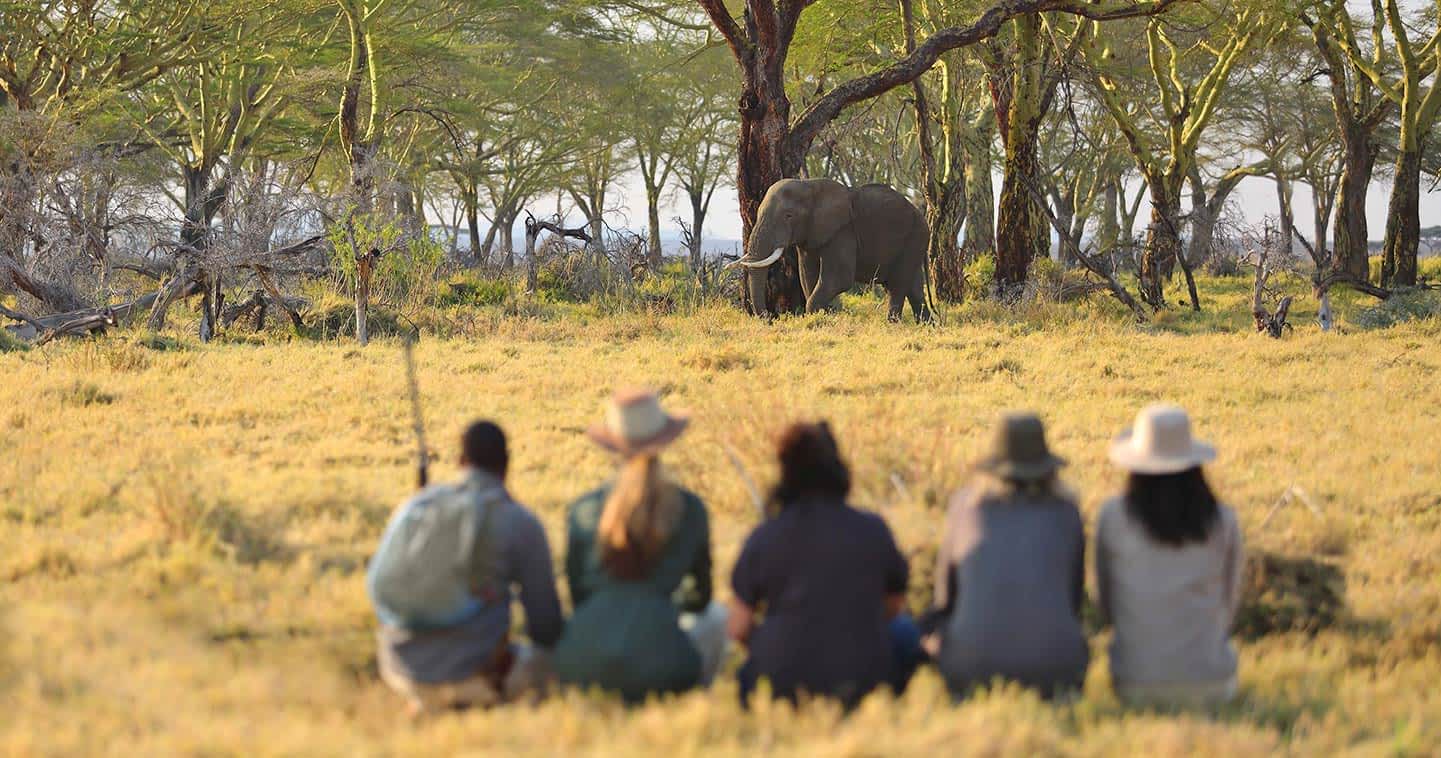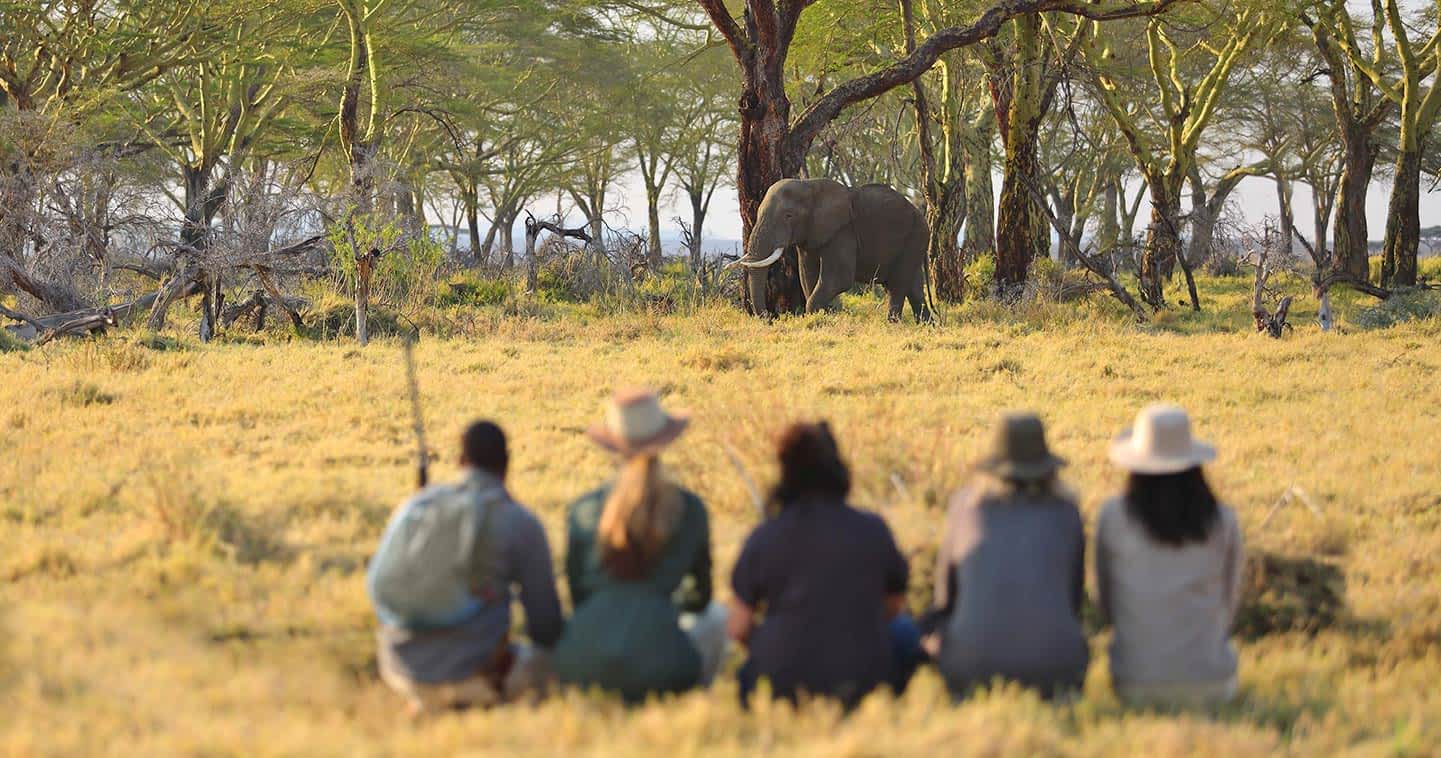Home to the Serengeti and Mount Kilimanjaro, Tanzania’s national parks are iconic for their biodiversity. These pristine landscapes are not only tourist havens but also vital ecosystems teeming with life. Conservation efforts here are crucial to maintaining the intricate balance between wildlife and habitat.
Historically, Tanzania has prioritized ecological integrity through the establishment of numerous protected areas. Data from the Tanzania National Parks Authority shows that these areas contribute to over 30% of global wildlife tourism revenue. This success demonstrates how strategic conservation initiatives can safeguard natural resources while fueling economic growth.

The Role of Conservation in Tanzania’s National Parks
Tanzania’s national parks play a significant role in global conservation efforts. These parks protect a variety of ecosystems, from savannas to forests. Animals like elephants, lions, and rhinos find sanctuary here. Conservation help keep these species safe from threats like poaching. Without these protected areas, many species would face extinction.
Managing these parks requires complex planning and resource allocation. Rangers patrol large areas to prevent illegal activities. Technology like drones supports these efforts by monitoring vast landscapes. This proactive approach helps in catching poachers before they harm wildlife. Community involvement is also key, as local people often work as guides or rangers.
The benefits of conservation are numerous. It boosts tourism, which in turn supports the local economy. Tourists come to see the breathtaking scenery and diverse wildlife. This influx of visitors creates jobs and funds further conservation projects. A healthy ecosystem also ensures water and air quality for nearby communities.
However, challenges still exist. Climate change threatens habitats, and funding can be unpredictable. It’s crucial to find sustainable solutions to these problems. Partnerships between governments, non-profits, and local communities can offer support. By working together, we can ensure Tanzanian wildlife continues to thrive.
Key Challenges and Strategic Solutions
One of the main challenges in Tanzania’s national parks is poaching. Illegal hunting threatens the survival of many species. Poachers target elephants for their ivory and rhinos for their horns. To combat this, parks employ more rangers and use advanced technology. The goal is to catch poachers before they can harm the animals.
Another significant challenge is climate change. Shifting weather patterns affect water sources, altering habitats. Animals must adapt quickly or face increased risk. Strategic conservation plans focus on preserving water sources and restoring damaged habitats. These efforts help mitigate some of the impacts of climate change.
Funding limitations also pose a problem. Conservation work is expensive and requires consistent financial support. To address this, parks often collaborate with international organizations. These partnerships provide necessary funds and expertise. External funding ensures that conservation projects can continue even during financial shortfalls.
Engaging local communities is essential for long-term success. People living near the parks can be the best stewards of the land. Providing education and job opportunities builds trust and cooperation. This helps in creating sustainable tourism models. When local communities benefit, they are more likely to support conservation efforts.
Impact of Conservation on Wildlife and Biodiversity
Conservation efforts have a profound impact on wildlife in Tanzania. Protected areas provide safe habitats for countless species. Species at risk, like elephants and rhinos, have better chances of survival. Conservation also helps maintain the balance of ecosystems. This, in turn, benefits all creatures within these environments.
Moreover, conservation promotes biodiversity. Diverse ecosystems are more resilient to changes and challenges. Plants, animals, and insects all play vital roles in their habitats. They support each other in various ways. For example, trees offer shelter to birds, while insects aid in pollination.
We see improved population numbers in several species thanks to these efforts. Conservation has led to the growth of endangered animal populations. Scientific monitoring shows positive trends. This data validates the strategies used to protect habitats. Effective conservation ensures long-term survival for many species.
The broader environment benefits as well. Healthy ecosystems offer clean water and air. They provide resources essential for human well-being. By focusing on wildlife conservation, we also improve our own living conditions. The link between nature and human life highlights the importance of these initiatives.
Economic Benefits and Community Engagement
Conservation in Tanzania’s national parks boosts the local economy significantly. Tourism is a major draw, attracting visitors from around the world. Tourists spend money on lodging, food, and guided tours. This influx of cash supports local businesses and creates jobs. Many community members find employment as park rangers, guides, or in hospitality.
Local communities benefit directly from sustainable tourism. Income from tourists helps to build schools, hospitals, and other infrastructure. When communities see the advantages, they are more likely to support conservation efforts. The combination of economic growth and community development creates a positive feedback loop. This ensures long-term success for conservation projects.
Moreover, engaging local people in conservation efforts fosters a deep connection to their environment. Educational programs teach the importance of biodiversity and sustainability. These initiatives often involve students, helping to inspire future conservationists. When people understand the value of their natural resources, they are more inclined to protect them. This community-driven approach is vital for lasting change.
Partnerships with international organizations also bring financial and technical support. These collaborations can fund large-scale conservation projects. They provide the expertise needed to tackle complex challenges. Through these partnerships, local communities gain access to resources they might not otherwise have. This external support strengthens overall conservation efforts.
Finally, sustainable practices ensure that tourism and conservation efforts do not harm the environment. By maintaining a delicate balance, parks can preserve natural beauty while still providing economic benefits. This attracts more visitors, leading to further investments in conservation. Everyone involved benefits, creating a win-win situation for both nature and people.
Key Takeaways
- Conservation protects endangered species like elephants and rhinos.
- Sustainable tourism boosts local economies and job opportunities.
- Engaging communities in conservation fosters environmental stewardship.
- Partnerships provide crucial funding and expertise for conservation.
- Healthy ecosystems ensure better water and air quality for all.

